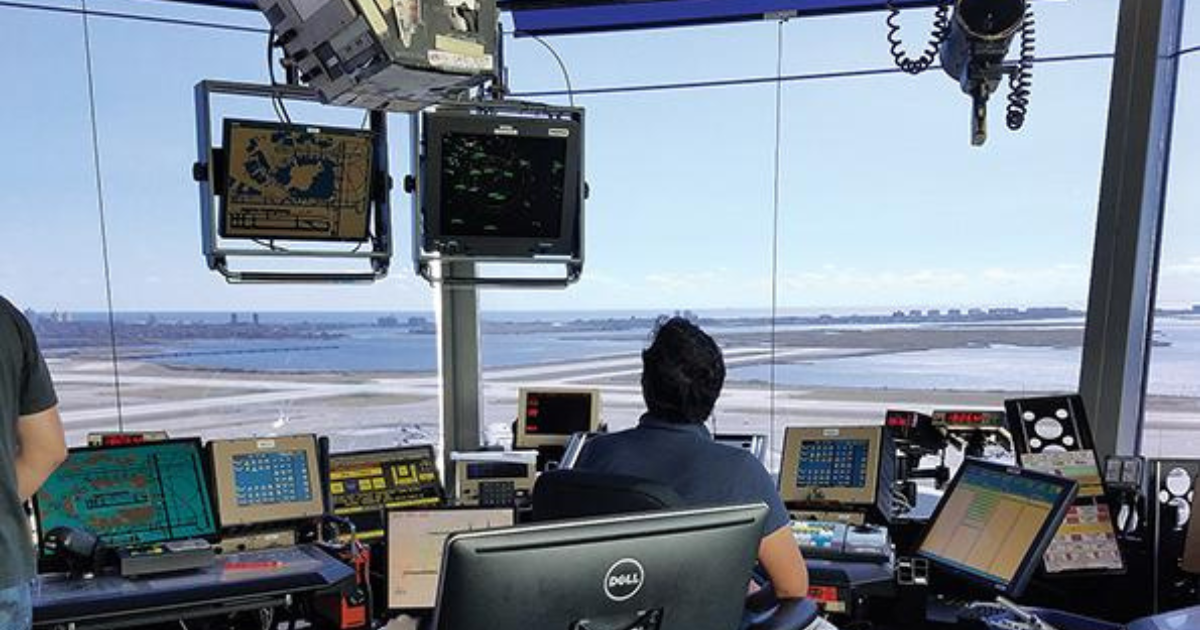Opinion: Air Traffic Control Shortage Offers A Win-Win Opportunity

By Dr. Sharon B. DeVivo, president and chief executive officer of Vaughn College
A ticket to the middle class and beyond is what a position as an air traffic controller can mean for a young person from an underresourced and underrepresented community. This resilient and diverse workforce is exactly what we need to solve the shortage of controllers in the U.S.
The recently reported need for more air traffic controllers has joined the workforce issues being experienced across the industry. The latest figures in a report issued by the FAA estimate that in the next 10 years, we will have 1,000 fewer fully certified controllers while we are only on track to gain fewer than 200—a net loss of 800. Estimates for the number of needed controllers in the next decade vary between 2,500 and 3,000. The issues in New York are particularly acute right now and have resulted in the limiting of flights, affecting airlines and passengers nationwide.
The current shortage, brought on by retirements and the impact of the COVID-19 pandemic on training, led the FAA in November to announce plans to explore the expansion of existing training partnerships, including its work with higher education partners in the Air Traffic-Collegiate Training Initiative (AT-CTI).
There are several pathways to pursuing a career in air traffic control, including attending one of the roughly 30 AT-CTI institutions nationwide, applying through a public announcement (typically done about once per year) or serving as a controller in the military first. By attending an AT-CTI institution and achieving a recommendation to the FAA, students can bypass the first six weeks of basic FAA training in Oklahoma City, where all current training takes place. After completing work there, more site-specific training is done (and can take two years or longer) at the assigned facility until that individual becomes a certified professional controller.
Vaughn College is one of the original 13 institutions chosen in 1997 as part of the AT-CTI partnership. The FAA told us at the time one reason it chose Vaughn was that our students wanted to return to New York. For some strange reason, people from other parts of the country were not as quick to move to our great state. Another advantage to working with Vaughn: the ethnic diversity of our students. About 80% of Vaughn’s students are first-generation college students and first-generation Americans.
Twenty-seven years later, the most complex airspace in the world—which includes the towers at the region’s major airports and the New York Terminal Radar Approach Control facility—is filled with Vaughn graduates from this valuable partnership. These positions offer great pay and benefits with mandatory retirement at 56. This is just one of the reasons that Vaughn is the best institution in the country at moving students from the bottom levels of income to the top, according to a study done by the Equality of Opportunity Project.
I recently chaired the Youth Access to Aviation Jobs in America Task Force (YIATF), a team appointed by the Transportation Department. Our group of industry representatives provided Congress and the FAA with 21 recommendations for how to meet the workforce needs of our industry. Our findings included models for building greater awareness, and we learned that providing information access is essential, especially in communities that do not have exposure to aviation. Unless you know someone already in the field, you tend not to understand what is possible. We suggested a one-stop-shop website to provide information, career paths and connections to local resources. Those local resources give students and families the means to learn more and pursue activities such as visits to camps, museums, aviation events and more that can ensure a career in aviation and aerospace.
Most important, the ability of industry, educators and the FAA to work together is critical to the transformation we seek in our workforce development pipeline. As the YIATF concluded: “What will ultimately make a difference will be our ability to collaborate [and] communicate and our commitment to attracting young people to this exciting, impactful and horizon-expanding industry.”
AT-CTI institutions are ready to help the FAA grow and diversify the workforce, providing a new generation of Americans with the lifechanging possibilities that air traffic control can offer. Aspiring candidates from across America can look forward to a promising career that can change the trajectory for them and their families.
Article originally published in Aviation Week on February 2, 2024.

